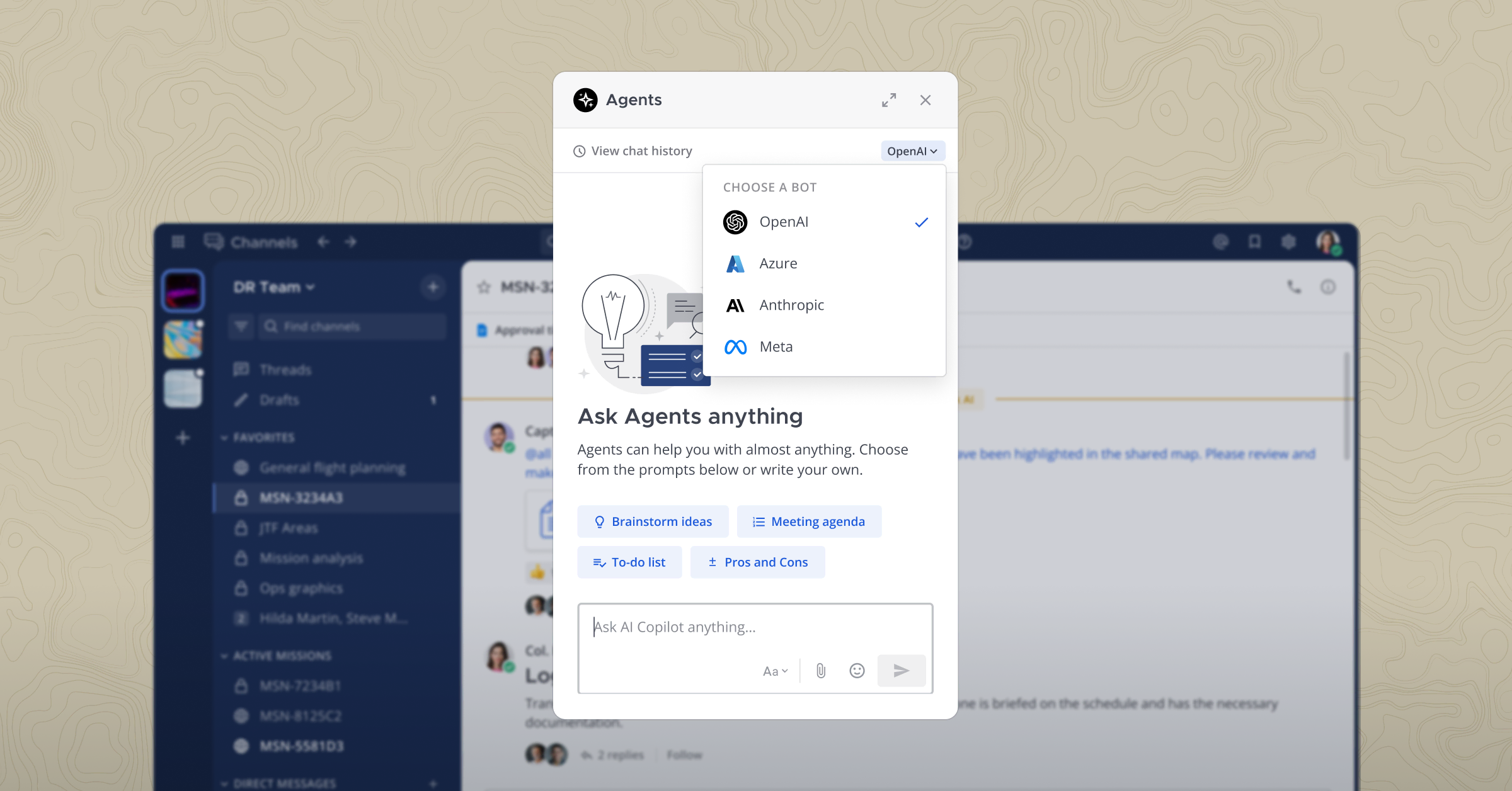
4 strategies for optimizing productivity for technical and operational teams
Organizations globally have been keeping a close eye on the economy — and some conflicting economic signals. The Federal Reserve and other central banks around the world continue to raise interest rates even though inflation has begun to ease. Major brands are also trimming staff even though demand for talent continues to boost wages.
During periods of economic uncertainty, smart enterprises look for ways to optimize productivity and return on investment (ROI). Higher productivity means getting more done with less and delivering new innovations without staffing up. Greater ROI means making the most of existing resources without the need for major new CapEx.
One effective way to achieve those goals is through better team collaboration — especially for technical and operational staff. Technical and operational talent remains scarce, and it can be costly and challenging to attract and retain. Optimizing the productivity of these vital team members can make your company more agile and competitive in the face of change.
With those advantages in mind, here are four strategies for improving the productivity and ROI of your technical and operational teams.
1. Optimize collaboration for technical and operational people through tools and processes
Many organizations have invested in general-purpose collaboration software such as Slack and Microsoft Teams. These products are fine for helping employees communicate generically. But they don’t meet the unique needs of technical and operational talent.
Technical and operational staff need a single, centralized location to securely communicate, collaborate on projects and incident resolution, automate workflows, and track and report progress. They need to be able to create custom workflows and integrations with their specialized tools and services, which help increase productivity by reducing the risk of errors and improving efficiency.
Crucially, they need access to those capabilities without the distraction of irrelevant conversations. And that’s one area where tools like Slack and Teams fall short.
2. Centralize relevant information and insights in one place
A key advantage of a technical collaboration platform is its ability to centralize relevant information and surface relevant insights. Capabilities like dedicated messaging channels and Kanban-style boards give technical teams a single source of truth for all their projects and workflows.
Deep integration with other tools ensures easy access to technical resources — without the need for context switching. That’s a feature products like Slack and Teams just don’t offer.
Let’s say a developer gets notified that she needs to make an update in Jira. With Slack, she’d get the notification but would have to exit her collaboration environment, log into Jira, and make the update in a separate context. But with a technical collaboration platform, she can make the Jira update directly within the same collaborative context — and that actionable intelligence leads to high productivity via reduced context switching.
3. Automate repeatable workflows
Automation of repeatable workflows is the low-hanging fruit of productivity improvement. That’s one area where a technical collaboration platform shines. Your collaboration environment should enable you to build playbooks and automated checklists for processes that require high accuracy and reliability. That includes key workflows like incident resolution, feature lifecycles, release management, and post-mortems.
By automating collaborative workflows, you can accelerate processes and achieve more predictable outcomes. You can also keep your technical teams happier in their work — adding to your productivity advantages.
4. Manage sensitive information
Equally important is secure management of information workflows — another area where general-purpose collaboration falls short. Offerings like Slack and Teams are software-as-a-service (SaaS) products that maintain your data in their clouds. That’s fine for data that isn’t sensitive. But even companies that have made a significant cloud commitment tend to retain their most sensitive intellectual property (IP) onsite.
Your collaboration platform should offer an on-prem option. After all, technical teams deal in strategic initiatives — IP you can’t afford to have exposed. Maintaining collaboration on-prem enables you to tightly control permissions and manage data access. Just as important, leveraging an open source platform enables you to customize the software to meet internal policy or regulatory requirements.
Ultimately, a purpose-built collaboration platform can enable your technical teams to accomplish more every day — and to continually build on that productivity. Channel-based communication minimizes distractions. Playbooks automate issue resolution. Integrations with Jira, Confluence, and other Atlassian tools eliminate context switching.
These capabilities create team members who are happier and more engaged in their work. Satisfied employees stay in their work longer and attract referral candidates, helping your organization grow and thrive in the highly competitive market.
Optimizing productivity for a happier, more engaged team
Higher productivity and engagement create a virtuous cycle to further boost your ROI. Engaged employees are 14% more productive and 18% more likely to stay with your company, according to Gallup. Engagement boosts productivity, and productivity strengthens engagement.
Market-leading organizations are achieving real-world productivity results with technical collaboration. Automotive wholesaler Schäferbarthold GmbH, for instance, was using HipChat and Stride for collaboration — until Slack shut down those services. Today, the company relies on a single, technical collaboration platform to orchestrate developer workflows, maximizing developer productivity.
Want to see how Mattermost can help your technical and operational teams optimize productivity? Check out this video for a walkthrough of Mattermost supports technical workflows and integrations.




